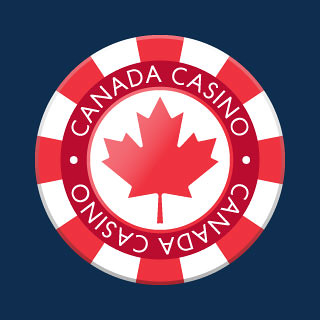Credit: High Grade Roots via Canva
Anybody who has walked through downtown Toronto has noticed something that wasn’t there years ago: lots and lots of cannabis stores.
Patients taking medicinal cannabis should know about the different forms of consumption to determine which is right for them. Let’s learn more facts about the three most common ways to consume cannabis.
Combustion
While cannabis may have some important health benefits, combusting the dried parts of the plant is not the most ideal form of consumption.
Some negative side effects from smoking cannabis may include:
- Chronic bronchitis
- Cough
- Weakened immune system
- Wheezing
- And more
Combustion is a perfectly valid way to consume medical cannabis, and some patients prefer it. Those who do shouldn’t face negative stigmatization, while those who do not are free to choose alternative methods.
Vaping
Vaping refers to two different methods of ingestion: vaping extracts (usually live resin or distillate-based) and vaping dried flower. Vaping flower involves inhaling heated oil through a vaporizing device.
The knowledgeable, professional staff at Medical Cannabis by Shoppers are there to provide detailed advice about the most appropriate ways to consume cannabis and dosage advice and information about cultivars and products.
Under the Canadian Cannabis Act, retail store employees cannot provide any medical advice or make product recommendations based on conditions or symptoms.
Edibles
Heating cannabis up and infusing it into food or beverages, a process known as decarboxylation, can change its properties and the effects it has on the body. Consuming cannabis as an edible means it passes through the intestinal tract and then the liver, which is why edibles have a longer onset time, anywhere from 30 minutes to 2 hours or more, and the effects can last for six to eight hours.
Common medical cannabis edibles include chocolates and hard and soft gummies, but new products are released frequently, such as mints, cookies, and caramel.
Beverages like cannabis-infused tea may be suitable for patients looking to avoid excess sugar. There are also cannabis-infused juices, sodas, and sweetened sparkling waters. The onset when consuming cannabis beverages is shorter than with food because there are many blood vessels in the mouth to absorb the cannabinoids before they reach the intestinal tract.
Dissolvable, flavourless powders can be mixed into a wide range of food and drinks, including simply water. Cannabis oils aren’t technically an edible, but they also deliver cannabis medicine through ingestion. Built-in droppers make it easy to put the correct dose into your food or beverage, but you can also hold the oil below your tongue.
Beginners should start slowly, taking a low dosage recommended by their doctor or pharmacist and seeing how they feel hours later. Wait! Increasing the dosage before the cannabis takes effect could create the risk of taking too much. If you ever feel uncomfortable after consuming edibles, find a relaxing place in your home to rest until the cannabis runs through your system.
Speak to your doctor and pharmacist to guide your medical cannabis journey today.






